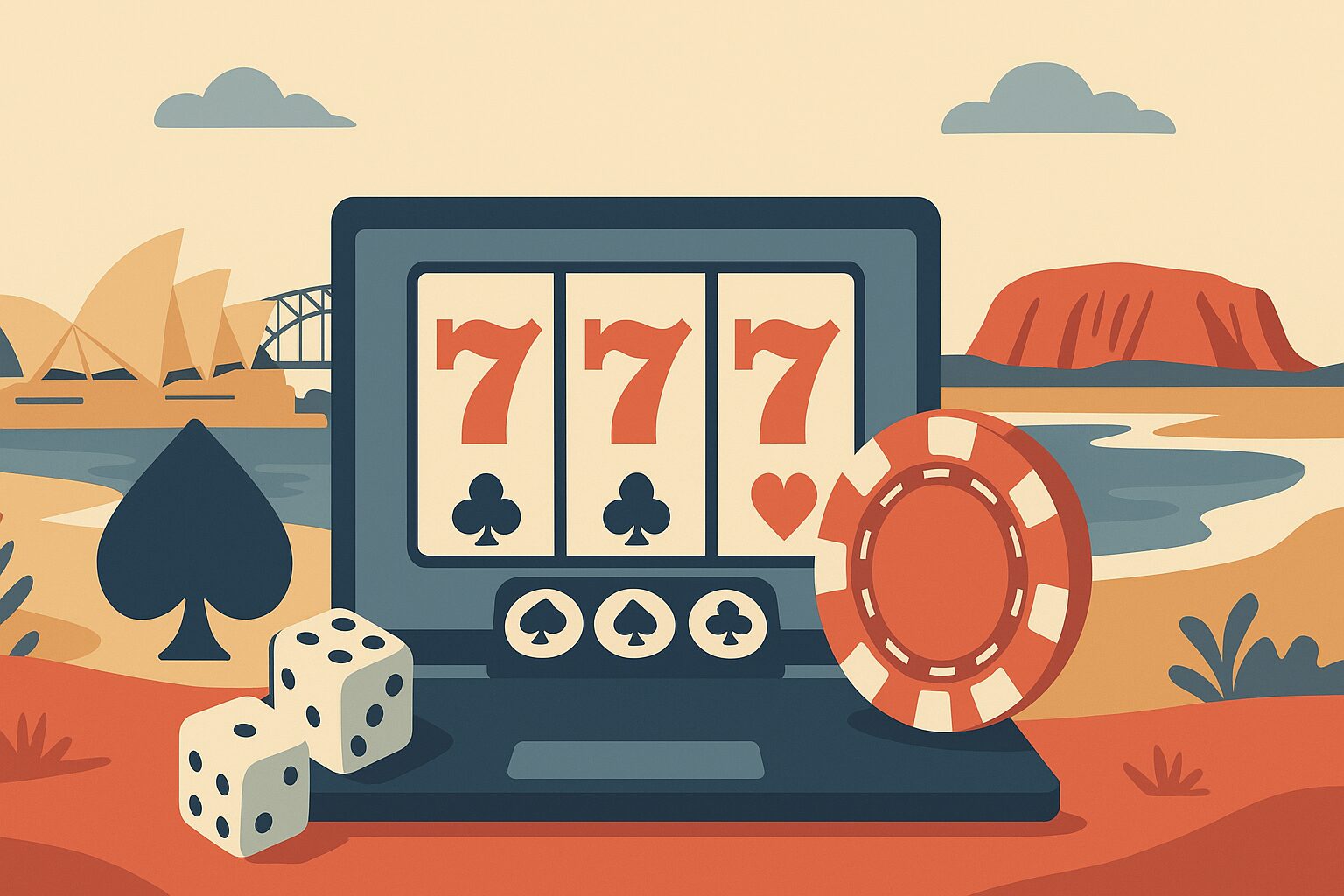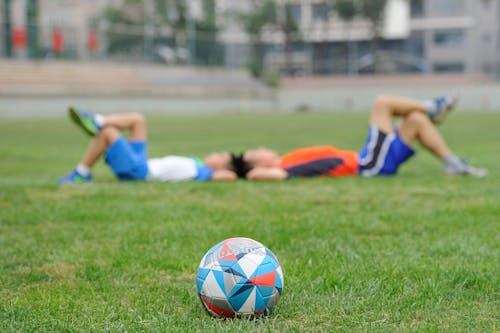
|
Tong its Go has emerged as one of the most popular card games in the Philippines, delighting players with its blend of fast-paced gameplay, strategic depth, and social excitement. The game’s addictive qualities attract newcomers and veterans alike, eager to test their skills and luck. However, many players experience frustration and inconsistent results due to commonly repeated mistakes. These errors often unknowingly limit their ability to perform well and enjoy the game fully.
Understanding and avoiding these frequent pitfalls can significantly raise the level of play and maximize fun. This detailed guide explores the top mistakes made during Tong its Go sessions and provides practical advice to steer clear of them for better outcomes and an enriched gaming experience.
Overlooking the Fundamentals of Tong its Go Rules
A critical mistake is starting to play without a solid grasp of the basic rules and mechanics. Essential knowledge, such as permitted card combinations (pairs, triples, sequences), the meaning of card rankings, and the specific circumstances for drawing from the deck versus the discard pile, is paramount. Missing these core concepts leads to inefficient moves and missed chances to win.
Beginners should prioritize mastering these rules before engaging in competitive matches. Many gaming platforms like GameZone offer tutorial modes and stress-free practice tables where players can learn at their pace. This foundation dramatically improves confidence, making it easier to execute sound strategies in real games.
Neglecting to Observe Opponents’ Card Play and Discards
The common habit of focusing solely on one’s own hand overlooks crucial intelligence imparted by opponents’ discarded cards. Observing what other players discard or pick up reveals clues about their strategies, including whether they aim for runs, sets, or surprise opponents with bluffs.
Paying close attention to discard patterns enables informed prediction about opponents’ remaining cards and tactics. For instance, the repeated discarding of suits or similar ranks suggests the building or avoidance of hands. Such scrutiny guides players as to which cards to hold or relinquish and the optimal timing to make declarations.
Excessive Aggression and Premature Moves
In an urge to seize victory quickly, some players reveal melds too early or discard important cards without evaluation. This hastiness can unintentionally reveal others' intentions, giving them an advantage.
Practicing patience is crucial. Holding melds until strategically sound and carefully planning several moves ahead helps maintain unpredictability. Being adaptable and delaying reveals that it preserves tactical advantages and significantly enhances chances of success.
Ineffective Card Management and Hand Organization
How cards are arranged and managed directly impacts game performance. Retaining high-value cards for too long increases vulnerability to opponents who may end the game suddenly. Equally, failure to organize cards after each turn hinders spotting new meld opportunities.
Developing a habit of grouping cards by potentially valuable sets such as pairs, straights, or three-of-a-kind keeps options visible and decision-making swift. Consistent hand management minimizes costly mistakes, particularly when games become tight and competitive.
Underestimating the Role of Strategic Bluffing
Bluffing injects a vital psychological element into Tong its Go, akin to poker. Yet, many players overlook its power, missing chances to mislead opponents and steer game flow.
Subtly discarding cards to suggest a weaker or different hand than reality confuses rivals and forces them into errors. Mastering the art of bluffing deepens engagement and provides competitive edges beyond pure luck or card combinations.
Poor Time Management in Online Play
Tong its game introduces timed moves intended to keep gameplay brisk. Not managing this timer well—either by rushing or waiting until the last seconds—often leads to mistakes or missed opportunities.
Improving timing skills through regular play on platforms like GameZone builds decision-making speed without sacrificing quality. Practicing under pressure readies players for competitive online environments where every second counts.
Treating Digital Versions as Casual Games Only
Despite the social aspect of online Tong its Go, the digital medium heightens competition by attracting serious strategists and experienced players. Approaching games without preparation or commitment often results in falling behind.
Respecting every game as a contest, regardless of mode or stakes, encourages sharper focus and faster adaptation to online dynamics. This mindset accelerates growth and improves performance over time.
Not Utilizing Available Learning and Community Features
Many miss opportunities to improve because they ignore tutorials, guides, and community forums built into platforms hosting Tong its game. These resources offer expert insights, strategies, and beginner support.
Active participation in community discussions, combined with systematic study of tutorials and utilization of practice rooms, accelerates skill acquisition. Fully leveraging these features equips players to tackle tougher opponents confidently.
Emotional Control and Its Impact on Performance
Frustration, anger, or impatience following losing streaks impairs judgment and provokes risky actions. Emotional instability generally leads to loss accumulation rather than recovery.
Recognizing emotional states and knowing when to pause play is important for maintaining clear thinking and making better choices. Top players balance mental composure skillfully along with technical card knowledge, often taking breaks to refresh their mindset.
Remembering the Purpose: Fun and Fellowship
While winning remains a strong motivator, Tong its Go’s enduring appeal also lies in social bonds, shared cultural heritage, and pure enjoyment. Over-focusing on victories risks burning out or detracting from the positive experience.
Maintaining balanced perspectives that emphasize laughter, friendship, and respectful competition preserves enthusiasm and sustains long-term interest. Playing with joy often leads to better focus and natural success.

|
Final Thoughts: Small Refinements for Greater Success
Thriving in Tong its Go hinges less on risky plays or memorizing rules perfectly than on consciously avoiding standard mistakes and adapting thoughtfully. Improving hand management, observing opponents, mastering bluffing, managing time, and maintaining emotional balance build a solid competitive edge.
Pairing these practical steps with a passion for the game fosters a deeper connection to a beloved Filipino tradition. Whether practicing on popular platforms like GameZone or enjoying offline sessions, applying these tips can enhance performance, increase winning frequency, and maximize enjoyment.
The journey toward becoming a Tong its Go master is made smoother and more rewarding by careful attention to these mistakes. Playing wisely and with vigor creates memorable, fun, and successful card game moments for enthusiasts around the Philippines.












